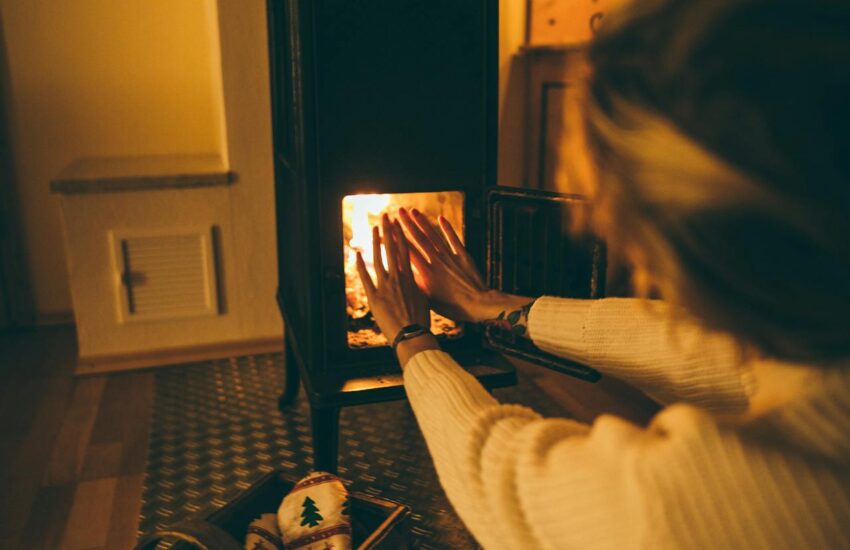What Happens to the Household Waste You Throw Away?
Out of sight, out of mind—that’s how people often treat their rubbish. Most people don’t spare a second thought to the waste they generated once it has been hauled off by the local curbside collection system or a skip bin.
However, finding out exactly where your rubbish goes and what happens to it can save you a lot of headache and encourage you to up your waste segregation game. In addition to comparing skip bin hire prices, you should ask skip bin companies where they take your rubbish to. This way, you can steer clear of services that engage in illegal dumping and the fines that come with it.
Ultimately, if you are considering hiring a skip bin, then it is crucial that you do as much research as possible to ensure that you get the right skip for your needs at the best possible price. Moreover, by searching on the internet for local waste removal companies in your area, you can compile a shortlist of potential skip providers. For instance, if you are based in Australia and decide to search for skip bins for hire Sydney based companies like 7 Skips are likely to come up in your results. You can then browse their website to determine whether they offer the type of skip that you need.
Most councils and skip services use a 3-bin system: red, yellow, and green. Each bin has a different destination and is processed differently by the receiving facility. Let’s take a look at them below:
Red: Landfill
More than 20 million tons of solid waste, or around 40% of all wastes generated in Australia, make it to landfills every year. The number of landfills in the country has dropped down since the 1990s, but the area each one covers has increased significantly. The country officially has around 600 registered sites, but only 38 of these sites accommodate 75% of all landfill wastes.
There are 3 types of waste headed for the landfills: hazardous waste, masonry materials, and organics. One example of hazardous waste is soil contaminated with hydrocarbons. Masonry materials include asphalt, concrete, metal, wood, and timber. A typical rubbish bin from a typical household has around 60% of organic waste: 40% food waste and 20% garden waste. Managing organic waste is a tricky business, as it tends to leach, attract pests, and produce odor and gas.
Yellow: Recycling
There are around 190 materials recovery facilities in Australia, but this is not enough to handle and properly process all recyclable wastes. China enforced its National Sword policy at the beginning of 2018 and refused to accept recyclables with a contamination rate of more than .5%—a standard that Australia failed to comply with. With the limited recycling infrastructure in the country, many recycling processing centers and companies have resorted to stockpiling recyclables, making them more prone to catching fire and committing safety violations.
Between 2016 and 2017, Australia had a resource recovery rate of 58% and recycling rate of 55%. While some recyclables still do end up in landfills, many others are used as resources to create something new. Plastic pellets, for example, are sometimes used as plastic asphalt for roads and as a component in other construction projects.
Green: Composting
Green waste refers to biodegradable waste that comes from homes and gardens, such as leaves and twigs, tree and shrub pruning, or weeds. These items are sent to organic resource recovery facilities where they are turned into compost, soil conditioner, or mulch. After collection, green waste is decontaminated, shredded and stacked, and composted with the help of microorganisms. The resulting product is screened and graded to find out the best way of using it. Once it is ready, the compost is used to enrich the soil in farms, gardens, parks, and forest.
There’s still a lot of room for improvement when it comes to waste management in the country. Each household can do their part by segregating their wastes properly and putting them in the right bin. This is a solid step in ensuring that useful wastes, such as recyclables and green waste, will go to a facility where they can be reused and that they will not occupy additional space in landfills.



Thanks for warning me that some hazardous waste can produce odor and gas that might be too toxic. We have a lot of appliances that we should get rid of but I’m afraid of simply throwing them in the bin along with other junk. Maybe it would be better to look for companies that offer good waste management services and let them take care of it.
Oooooh! Wish I had known about this a month ago! I didn’t even think of getting a skip bin! Certainly needed one! I am blank about the warnings you talk about in your article. I think, skip bin hire would take good care of those toxic waste.
Remember to order a skip bin a bit bigger than you think you need as well. It’s much cheaper to order one size up than have to re-order another skip.